For which plants can potato peelings be used as fertilizer
Experienced gardeners practically do not waste anything, especially a product such as potato peelings. They know that potato peel can be safely used as an organic fertilizer, since it contains starch, potassium and other beneficial ingredients.
The article will focus on how to prepare such a fertilizer, for which crops it is suitable and how to use potato peeling in the garden.
The content of the article
Composition and properties of potato peels
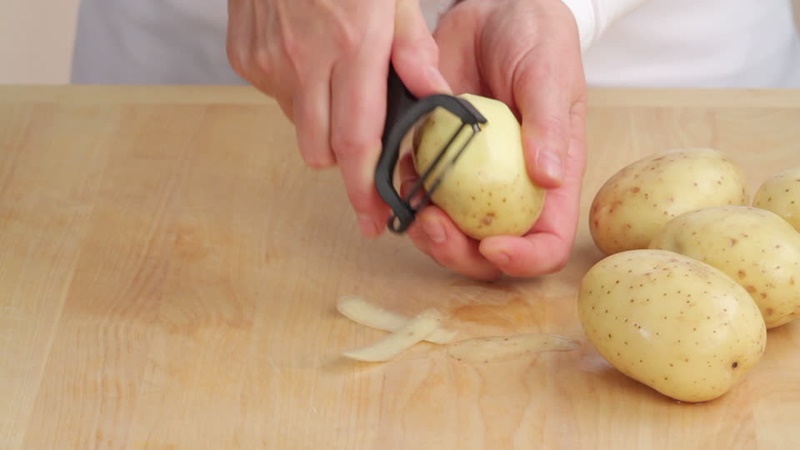
The composition of potato peelings contains a significant amount of vitamin C, therefore, with regular use of such fertilizer for berry crops, you can get a berry with a high content of ascorbic acid.
In addition to vitamin C, potato waste contains:
- starch - stimulates the growth of plant energy, especially currants and roses love it;
- organic acids - help the normal course of oxidative processes in the body, improve the digestion and absorption of carbohydrates;
- glucose - needed for the production of protein and maintaining the level of vital energy in winter;
- mineral salts - are part of plants, with a shortage of them, the plant loses its immunity.
Plant benefits and benefits
Potato peelings perform several useful functions for plants at once:
- it is a good organic feeding - the starch contained in potatoes is necessary for crops during the growing season;
- it is an effective tool for pest control - cleaning does not destroy pests, but they are lured in one place where they are easier to collect;
- potato waste, decomposing in the ground, emit heat - there is little of it, but enough for the development of plants.
The main advantage of this fertilizer is cost effectiveness. Potatoes are usually eaten in large quantities and about a quarter of the crop is wasted. Using them as fertilizers allows you not to spend money on the purchase of nutrients for the garden.
Their cleaning is absolutely environmentally friendly, they do not contain nitrates and pesticides. It is not necessary to accurately measure the dosage, since an excess of such fertilizer does not cause adverse consequences.
What plants are suitable for feeding
Potato waste can be used as a top dressing for almost any crops in the garden and vegetable garden. They are of great importance for plants, because during the growth of plants, plants are in great need of starch and glucose.
Such fertilization is necessary for currants, raspberries, strawberries, melons and gourds. It is also useful for other crops, even indoor and garden flowers.
How to prepare cleanings for feeding
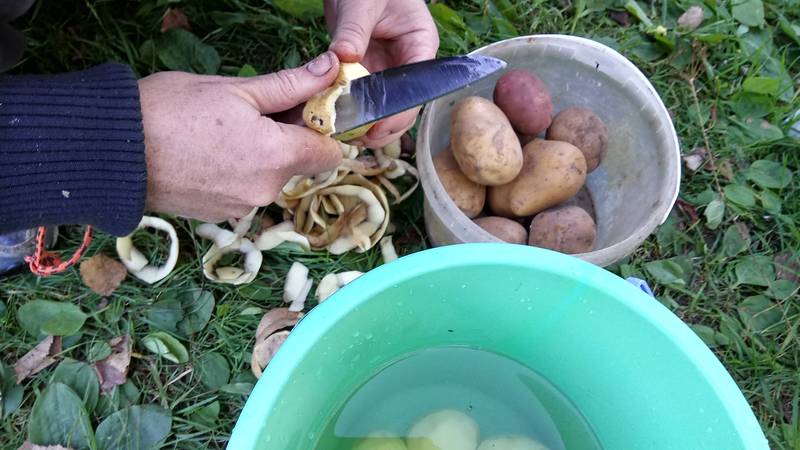
In no case should you use fresh potato peels. It will begin to rot, which will attract rodents and cause infection of the plantings with late blight.
There are two procurement methods:
- Drying. The cleanings are either laid out in a thin layer in a well-ventilated room for about 7-10 days, or dried in an oven at 100 ° C for about 3-4 hours.
- Freezing. An absolutely clean and dry peel is placed in the freezer.
The advantage of freezing is that the maximum concentration of nutrients is retained in the peel. But dried cleanings are more practical, since they can be stored for a long time, while frozen ones should be used immediately after defrosting, they cannot be re-frozen.
Preparing potato peels
The preparation procedure is quite simple. Before preparing potato fertilizer, the peel is thoroughly washed, squeezed and dried.
Potato Peel Fertilizer Recipes
There are three options for the preparation of dressings from potato waste: infusion, gruel, flour.
These techniques have been proven over the years and are considered the most effective when applied to potato peels.
Infusion
Suitable for indoor, berry crops, currants. For its preparation, the prepared raw materials are poured with boiling water and infused for a day. Dried raw materials are taken half as much as frozen.
Gruel
Can only be prepared from dried raw materials. The cleanings are put into a deep tank and filled completely with boiling water. The resulting mixture is left covered for about a week. During this time, the cleaning is softened and saturated with water. After a week, they must be carefully mixed. The result is a kind of gruel.
Flour
It is made by grinding the cleanings - the less the better. Usually a meat grinder is used for this, but you can also use a coffee grinder. Before use, the resulting flour is brewed with boiling water.
Compost
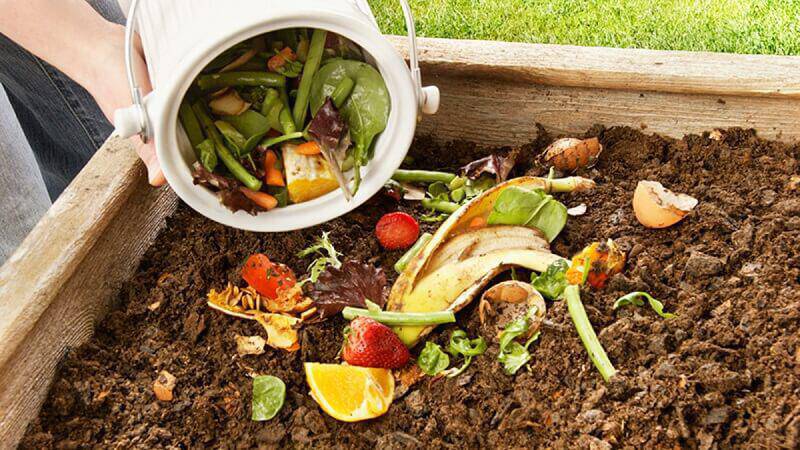
The most harmless fertilizer, but with a long preparation period - the procedure lasts about one and a half years. Time can be shortened by regularly stirring the compost heap or adding various substances to it.
It is important to monitor the ratio of nitrogen and carbon components, otherwise the decay process may begin. The optimum is considered to be 25% nitrogen and 75% carbon.
Reference. If potato waste is piled fresh, then it will be considered a nitrogen component, if dried - carbon.
It is recommended to stir the contents of the heap every three days so that oxygen is supplied evenly.
Scheme and technology of feeding
The optimal time for organic fertilization is autumn, immediately after harvest. During the winter, it will partially rot and nutrients will be released into the soil.
For seedlings
Flour or gruel is good for seedlings.... A small handful of fertilizer is applied to the groove and then sprinkled with a thin layer of earth. Then again fertilizer, then - the earth. After that, sprouts are planted. These actions provide the seedlings with the necessary nutrients.
For melons and gourds
When planting melons, for example, pumpkin, zucchini or cucumbers, fertilizing them with top dressing from potato waste will be completely useful.
Potato flour gruel is added to the bottom of the hole and sprinkled with earth. Then again fertilizer and another layer of soil on top. And even then the seedlings are planted. Such a planting will provide the plant with nutrients for a long time.
Experienced vegetable growers advise and regularly water with potato peel infusion. This will help the plant gain green mass and yield a good harvest.
For root vegetables, onions and garlic
Infusion is more suitable for these cultures. You can water the beds with it from the end of May every two weeks. Each bush is poured under the root separately.
Attention! Fragments of potato waste should not remain on the surface of the garden - they will lure insects and pests.
For raspberries, strawberries and currants
For berry crops, flour or infusion is more suitable.
Feeding currants or raspberries can be carried out annually in spring and autumn.At the same time, thanks to the starch, the berries only become tastier and larger.
To make the dressing work faster, it is added dropwise around the roots to a depth of 20 cm.
Strawberries are fed according to a different scheme: once every two weeks, the beds are generously sprinkled with potato flour or watered with infusion at the root.
As compost
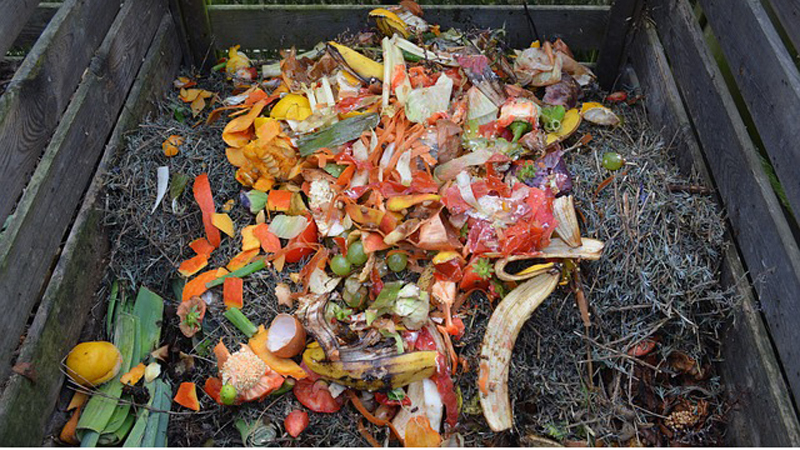
Adding potato waste to the compost speeds up the fermentation process. For compost, cleaning must be selected exclusively from healthy potatoes, otherwise pathogenic fungi will multiply there and, instead of benefit, such fertilizer will only harm.
As a pest control
Nutrient mixture based on potato peel reliably protects plants from pests. For insects, traps from fresh cleanings are laid out in several places, which attract insects - for example, slugs or Colorado beetles. Pests need to be regularly collected and destroyed, and traps should be replaced with fresh ones.
For indoor plants
For indoor plants, a decoction is prepared from potato peelings and boiling water, taken in a ratio of 1:10. The solution is cooled and filtered, after which ornamental plants can be treated with it. Indoor plants are watered every 3-4 weeks.
For flowers
For decorative street flowers, the solution is prepared according to the same scheme as for indoor flowers. Street plants are treated every two weeks.
Most effectively, such feeding helps plants that reproduce tubers. These are tulips, gloxinia, begonias, etc.
Reference. Gloxinia should be watered carefully, without touching the leaves, otherwise it will rot.
For fruit plants
For fruit trees, gruel is prepared, which is diluted with hot water and insisted for several days. The soil around the trees must be loosened before fertilizing. The gruel is buried around the trunks by about 20 cm.
How to store fertilizer cleaning
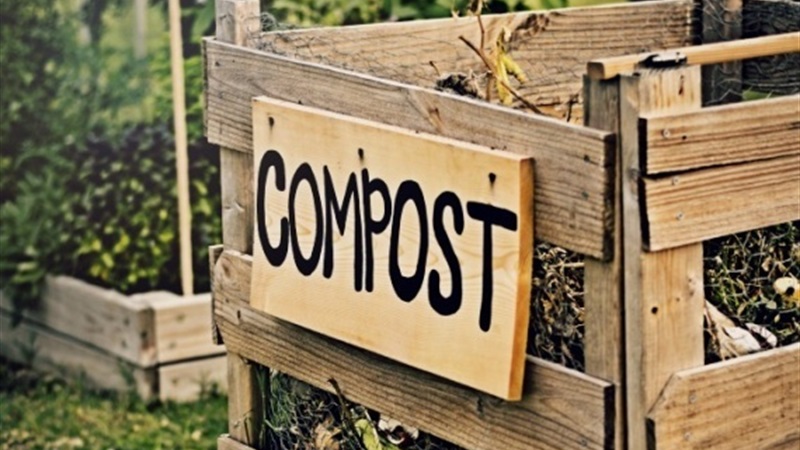
There is no shortage of such raw materials, but it is also impossible to simply put waste in a bag.
Dry blanks are stored in paper or cloth bags in a dry and well-ventilated area. Regularly you should sort them out in case of bugs or parasites.
Frozen pieces are stored in the freezer or in a cold cellar. They should not be allowed to defrost until the moment of application, they quickly begin to rot.
When you shouldn't use cleaning as fertilizer
Keep in mind that potato waste is not suitable for all crops. You should not use them when fertilizing nightshades - for example, peppers, tomatoes, eggplants. This is explained by the fact that they have a lot of common diseases with potatoes. After all, there is always a risk that live bacteria will remain even on well-dried and boiled-water cleaners.
Conclusion
Now you know for which plants potato peels are used as fertilizer. Due to their many advantages and lack of disadvantages, they are gaining more and more popularity.
The use of this fertilizer improves the quality of the soil, increases the yield, allows you to fertilize the garden or vegetable garden without the use of chemicals and money.